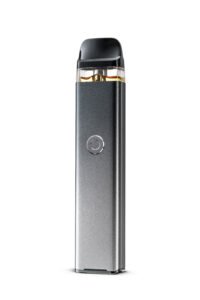Back Purging Basic Welding Requirements Fabrication is a welding technique that produces a layered effect. It is done by sending the arc through alternating bands of high and low voltage.
The most common application is to create contrasting effects on the surface of the weld.
This can be used to enhance the appearance of the weld bead. It also helps remove impurities from the arc, such as spatter and dross, which can’t be removed by gas coverage alone.
Back Purging Basic Welding Requirements Fabrication is real quick and easy with most MIG welding machines or stick welding machines
A good example of this is on car body panels where the designer may want a contrasting effect on either side of a panel seam for cosmetic reasons. Another application is to produce a high-alloy surface layer over a lower alloyed base metal to create oxidation resistance and/or additional strength. One specific use for this would be in structural steelwork where it’s important that an individual piece is capable of resisting corrosion.
The idea behind this technique is that the back purge provides an argon blanket over the weld puddle during travel, preventing oxygen from reaching it. It also aids in stabilizing the arc and makes for a more stable arc, which reduces spatter.
Back purging basic welding requirements fabrication are to control weld pool fluidity by controlling the temperature of weld pool with added back purge Argon gas flow. Also helps reduce porosity using hydrogen as carrier gas instead of argon when doing atmospheric brazing operations.
Basic welding requirements for Back Purging Basic Welding Requirements Fabrication are: -an electrode wire feeder -a power source capable of alternating current (AC) output at low frequency (50 or 60 Hz) range -a wire-feed speed control (Miller Electric) -an alternating current (AC) electrode negative (electrode wire feed gun trigger pulled to the rear for AC welding; not AC TIG welding) -a non-contact voltage detector or an ohmmeter … or an AC buzzer
An AC buzzer is a device that will indicate the need for back purging using a tone. Click here for more information on how to build your own.
Another method of determining when back purging should be used is with a Non-Contact Voltage Detector. A good example of this is the Miller Multifunctional Hot Wire Sensor, which can be purchased at most welding supply stores, including Miller Welding Supply .
The same goes for the frequency of this technique. It is best used with lower welding currents and alternating current, as opposed to direct current or high frequency, such as in metal inert gas (MIG) welding.
Many welders use a 50-60 Hz low-frequency welder set at 10 – 15 amps. The voltage should also be regulated to between 55 and 70 volts.
A good rule of thumb when using the Back Purging Basic Welding Requirements Fabrication method is to start with about 1 second of back purge time for every 2 seconds of arc time. If good penetration and sound welds result, reduce the duration of back purge until acceptable results are achieved. This can vary from 1:1 to 5:1.
When welding on materials like stainless steel, reduce the amount of back purge to about one-third of what is used for mild steel. Also, remember that it’s always best to keep the gas nozzle as close as possible to the weld pool (within 1/2 inch).
This will help minimize turbulence and ensure maximum penetration. For more information on Back Purging Basic Welding Requirements Fabrication, please consult your local welding supply store or educational facility.
Discover more: https://en.wikipedia.org/wiki/Welding










